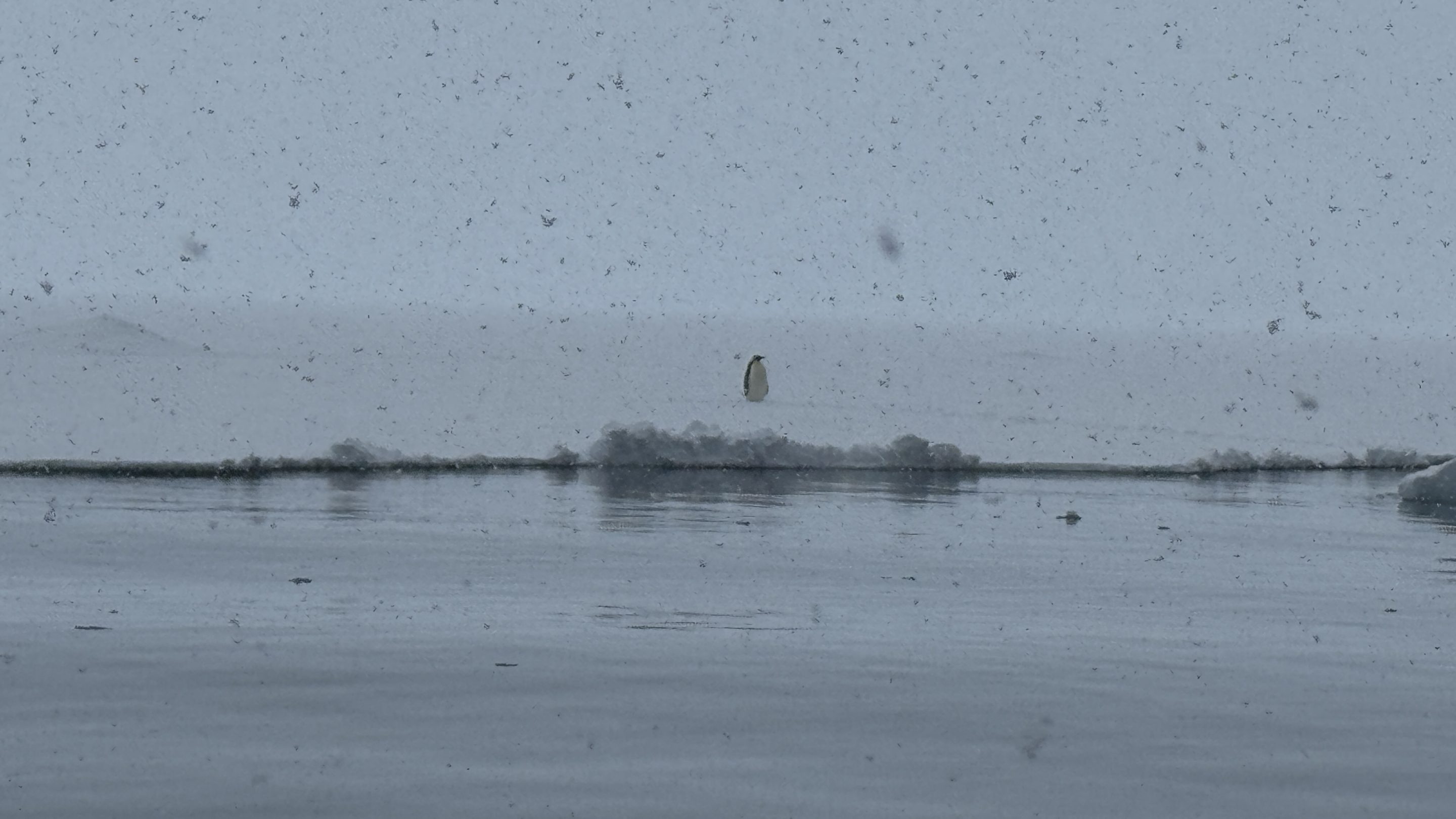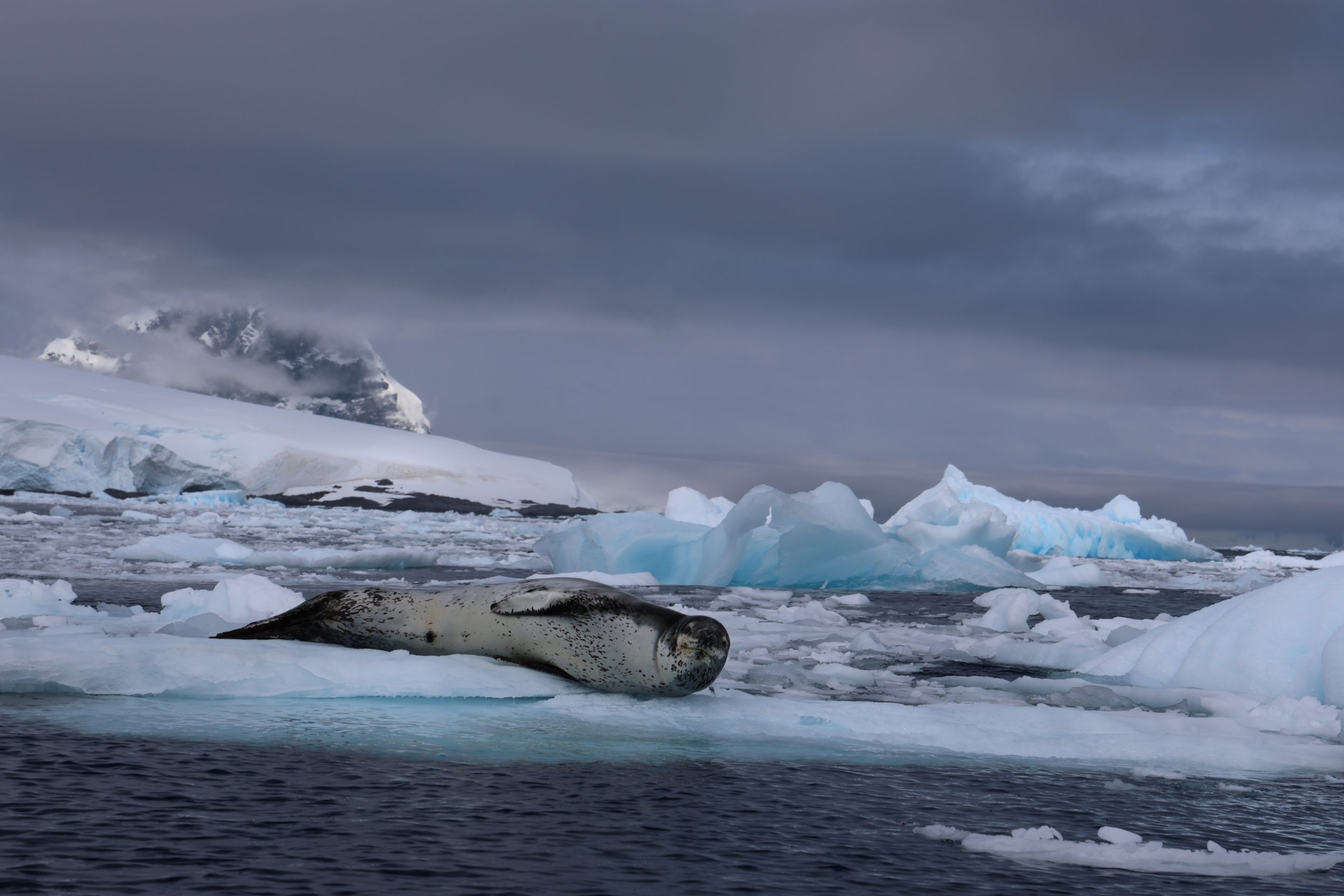Antarctic Circle Cruises
Crossing the Antarctic Circle is a rare experience that few travellers achieve. While most voyages to the White Continent explore the Antarctic Peninsula, only a small number of longer itineraries travel further south. These Antarctic Circle cruises take you beyond 66° South, into a region of colder conditions, fewer visitors, and extraordinary wilderness.
What Is the Antarctic Circle?
The Antarctic Circle is one of Earth’s five major circles of latitude. It lies at 66° 33′ South. South of this line, Earth’s tilt creates extreme light cycles. During summer, the sun remains above the horizon for 24 hours or more, producing the “midnight sun.” In winter, the opposite occurs: the sun stays below the horizon for extended periods, leading to continuous darkness.
The closer you travel to the South Pole, the longer these phases last. At the Antarctic Circle itself, there is at least one full day each year of unbroken daylight in summer and one full day of darkness in winter. At the Pole, those periods stretch into months.
This boundary defines the polar region of the Southern Hemisphere. Crossing the Antarctic Circle means entering a zone shaped by these dramatic seasonal patterns of light and dark.
Historically, reaching the Circle was a symbolic goal for explorers. For modern travellers on Antarctic Circle cruises, it remains a celebrated milestone. Expedition teams often hold ceremonies on deck when the ship crosses 66° South, connecting today’s visitors to the achievements of early polar pioneers.
How Circle Cruises Differ From Standard Itineraries
Typical Antarctic voyages focus on the Peninsula, north of the Circle. These trips last 9–12 days and highlight penguins, whales, and glacial scenery. By contrast, Antarctic Circle expeditions often extend to 12–15 days or more. Ships sail further down the Peninsula, aiming to cross into less-visited waters south of 66° South.
Longer distances mean these cruises include more time at sea. Landings may be fewer but often more remote, with little chance of encountering other ships. Because conditions vary, crossing the Circle can never be guaranteed. When achieved, crews mark the occasion with onboard celebrations, sometimes issuing certificates to commemorate the passage.

Wildlife and Scenery South of the Circle
Travelling this far south offers encounters that are uncommon on shorter cruises.
-
Penguins: Large colonies of Adélie penguins thrive further south, often alongside gentoo and chinstrap species.
-
Seals: Weddell and leopard seals are more commonly observed hauling out on the sea ice.
-
Whales: By late season, humpbacks and minkes feed intensively in the nutrient-rich waters.
-
Landscapes: Vast sea ice, towering icebergs, and dramatic glaciers dominate the scenery. The remoteness adds a sense of true wilderness.
For many passengers, the difference is not only what they see, but how they feel: deeper isolation, fewer signs of human presence, and a stronger sense of exploration.
Best Time to Attempt a Circle Crossing
The best time for Antarctic Circle cruises is late January through March. By this stage, sea ice has retreated to its seasonal minimum, opening channels for ships. Earlier in the season, thick pack ice usually blocks the route.
Late summer also coincides with peak whale activity and the fledging of penguin chicks. Photographers enjoy dramatic contrasts: melting snow reveals rocky terrain, and late-season light produces rich colours on ice and water.
However, weather remains unpredictable. The Drake Passage, which must be crossed to reach Antarctica, can be rough at any time. Travellers should be prepared for delays or changes in the itinerary.

Planning an Antarctic Circle Expedition
Travelling south of the Circle requires careful planning. Several factors influence whether a voyage will suit your expectations.
-
Length of voyage: Most Circle itineraries last 12–15 days, which is longer than standard cruises. Therefore, you should be prepared for extra days at sea.
-
Ship type: Ice-strengthened expedition vessels provide the best chance of success. In addition, smaller ships are often more manoeuvrable, making landings easier.
-
Flexibility: Ice and weather can force changes to the route. Consequently, even well-planned itineraries may not achieve a crossing.
-
Cost: Circle voyages are usually more expensive because they take longer and reach more remote areas. However, many travellers consider the added value worthwhile.
-
Experience level: Passengers must be comfortable with rougher seas and colder conditions. For this reason, Circle cruises suit those seeking a more adventurous style of travel.
Taken together, these considerations highlight the need for flexibility. If you value remoteness and rarity over predictability, an Antarctic Circle cruise provides a unique reward.
Why Crossing the Circle Matters
Crossing the Antarctic Circle has long carried symbolic weight. For early explorers, reaching 66° South was proof of having entered one of the harshest and least-known parts of the world. Names such as James Cook and Fabian Gottlieb von Bellingshausen became associated with these milestones, as their ships pushed into waters few had dared to enter.
Today, cruise passengers follow in their wake. Although modern vessels provide comfort and safety, the sense of achievement remains real. Passing the Circle is a reminder of Antarctica’s scale. The Peninsula north of the Circle is dramatic and rich in wildlife, but south of 66° the environment becomes even more remote, with fewer ships and less human presence. Travellers often describe this transition as entering “true Antarctica.”
Crossing the line also has scientific significance. It marks the start of the Antarctic Polar region, where seasonal light cycles dominate. The ecosystems here differ from those further north, with larger Adélie penguin colonies and distinct seal populations. For many passengers, seeing these differences first-hand makes the crossing more than symbolic; it becomes an opportunity to understand how latitude shapes life and climate.
Finally, there is the personal element. Expedition teams often hold a ceremony on deck when the ship crosses the Circle. For travellers, receiving a certificate or sharing a toast with shipmates turns the experience into a memorable event. Long after the voyage, the knowledge that they journeyed beyond 66° South remains a highlight of their Antarctic story.
Choosing the Right Time for You
Here is a guide to match timing with priorities:
-
Pristine snow and fewer visitors: November to early December
-
Penguin chicks and long daylight: December to January
-
Whale watching and flexible routes: February to March
-
Lower prices: Early and late season often offer better value
Every period offers unique rewards. There is no single “best” answer, only the best time to visit Antarctica for your goals.
Key Takeaways
-
The only opportunity to visit Antarctica on cruise ships is during the summer season, November to March.
-
December and January are the most popular, thanks to long daylight and peak wildlife activity.
-
November offers pristine snow and fewer visitors. February and March provide excellent whale watching but less overall wildlife.
-
Climate change is shifting sea ice and wildlife patterns, which is impssible to predict.
By aligning your travel goals with seasonal highlights, you can choose the period that offers the richest Antarctic experience.
Further information
Antarctica Cruise Guide has some useful information about the best time to visit Antarctica.
Back To Top
